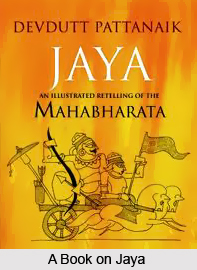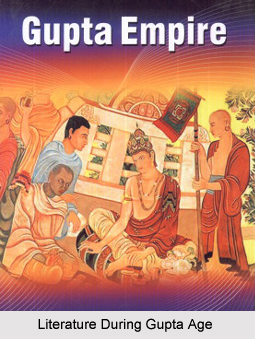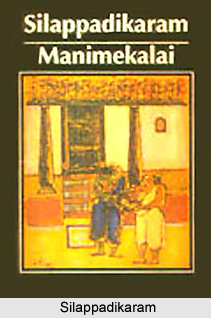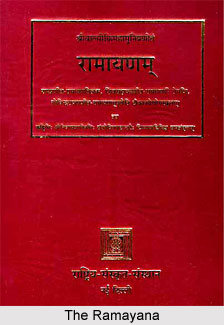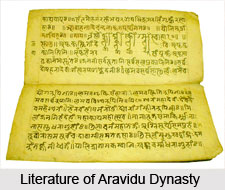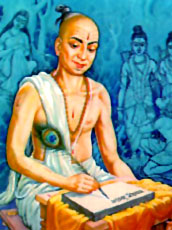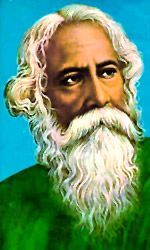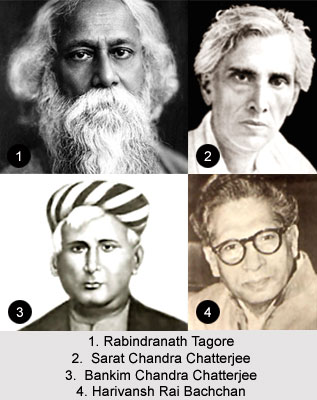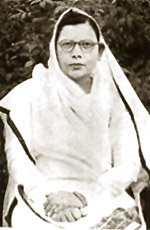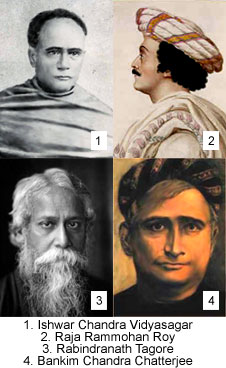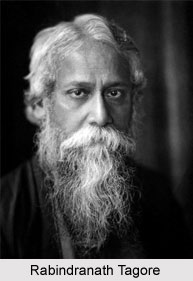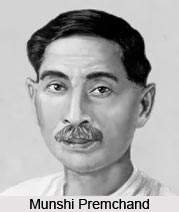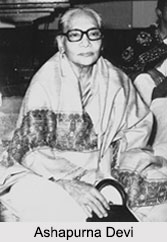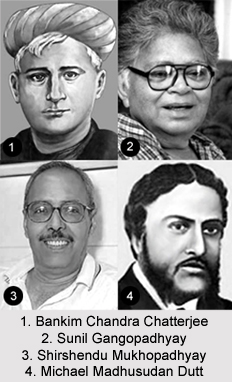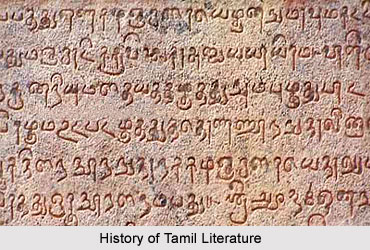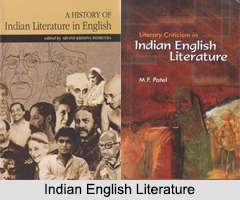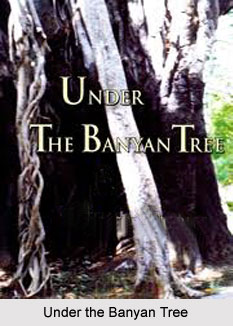 `Under the Banyan Tree` is a collection of 28 short stories published late in R. K. Narayan`s career. It was published in 1985. The stories in this book demonstrate the warmth, humor, and simplicity that made him so beloved. All these characters are Narayan`s trademarks. The tales are set in and around fictional Malgudi and include a number of stories featuring the Talkative Man. This talkative man used to sit under the banyan tree and give suggestions to the villagers. The title of the book aptly depicts the scenario of the stories and the village as well.
`Under the Banyan Tree` is a collection of 28 short stories published late in R. K. Narayan`s career. It was published in 1985. The stories in this book demonstrate the warmth, humor, and simplicity that made him so beloved. All these characters are Narayan`s trademarks. The tales are set in and around fictional Malgudi and include a number of stories featuring the Talkative Man. This talkative man used to sit under the banyan tree and give suggestions to the villagers. The title of the book aptly depicts the scenario of the stories and the village as well.
With a good family background R. K. Narayan was a great man in English literature. He set the identity for himself. His characters live in a fictitious village, which was entirely his creation. Narayan was a great short story writer. Some of those short stories are very easy to understand while some are very deep. R. K. Narayan is one of the few Indian-English writers spending nearly all his time in India. He went abroad to the United States in 1956 at the invitation of the Rockfeller Foundation. He began his literary career with short stories that appeared in The Hindu, and also worked for some time as the Mysore correspondent of Justice. This was a Madras-based newspaper. Narayan used the experience of his own life tremendously in his novels and all of them are the symbol of his one or other mood. After his wife expires he wrote `The English Teacher` that explicitly depicts his mood in grief. R. K. Narayan was a lively writer who will always live in his reader`s heart irrespective of the time passing by.
Synopsis:
`Under the Banyan Tree` is an enchanting collection from India`s foremost storyteller R. K. Narayan. The collection of stories includes warmly observed characters from every walk of Indian life. As for example merchants, beggars, herdsmen, rogues, etc. All of them live as one family and all them are known to each other. The character from the title story `Nambi` is a unique character created by Narayan. Narayan has the mesmeric ability to fascinate his audience. This he achieves with a masterful combination of economy and rhythm, creating haunting images and a variety of settings to evoke a unique contradiction of reality and folklore. This book is in the same influence as `Malgudi Days`. Some stories, like the title story & `Dodu` are pure treasures. The characters, the situations are so real that one wonders whether the author picked them out of his own experiences.
William Heinemann, Viking Press, Penguin Books Ltd., etc published the book `Under the Banyan Tree`.
All the 28 stories of have a clear depiction of `Under the Banyan Tree` are the realistic life style as well as very practical thoughts. The stories are really refreshing and delightful for the readers. It shows the lifestyle of the villagers with nitty-gritty. A clear picture of a South-Indian village comes up from his write-ups. And this collection is not an exception as a whole.
The Reluctant Guru is none other than the celebrated author himself, exposed to the funny naiveté of American campus crowds. On tour as a D.V.P. (Distinguished Visting Professor), Narayan meets in Shock but amused silence, a throng of people who think of India as the fabulous land of snake charmers, yoga, mysticism, philosophy, poetry and fakirs. Narayan himself becomes a guru who Visits and Professes on everything that is demanded off him, of the land of Kama-Sutra. What comes out in this refreshing essay is the blinkered view the west has of the Eastern sub-continent, especially India.
In their shallow search of mysticism, a meaning for life and a glorified faith in Orientalism, the American campuses demand of Narayan, to live up to the mystical standards he has been raised to. The campus encounter, related with innocent humour in matchless prose, opens the pace of the book of essays which clearly see Narayan at his best. The episodes following and the observations are equally witty, often hilarious. The Bharat brand of English, the defense of the habitual late-comers, the world of culture mongers, a plea for a Ministry of worry brings out of the best of Narayan`s pungent and sparkling humour and his capacity to laugh in any situation.
The essays are matchless in their capacity to keep one in fits of laughter at their best and in states of amused indignation at their not-so-best states. Indian audiences would adore to see this deluded view of the west as it evaluates the land of Maharajhas. It becomes especially funny because the Indians too foster some prejudices and mind sets against or for the Americans and in the counter beliefs, are able to laugh at themselves. And even as Narayan probes the American system for its blinded vision, he also exposes us to systems of education and administration that would put many among us to shame. In the guise of his trade mark humour, Narayan manages to give a comparative study of two different cultures and the interaction between them.
Anybody who claims to be a Narayan fan would be unfair to think of him as just a fiction writer, when he gained all his initial fame, fortune and followers from the exuberantly conjured essays. The essays are ideal to see us as the world does. Funny, warm-hearted, satirical, yet serious, Narayan presents these topical vignettes of life to anyone who claims interest. Worth a dozen reads.
